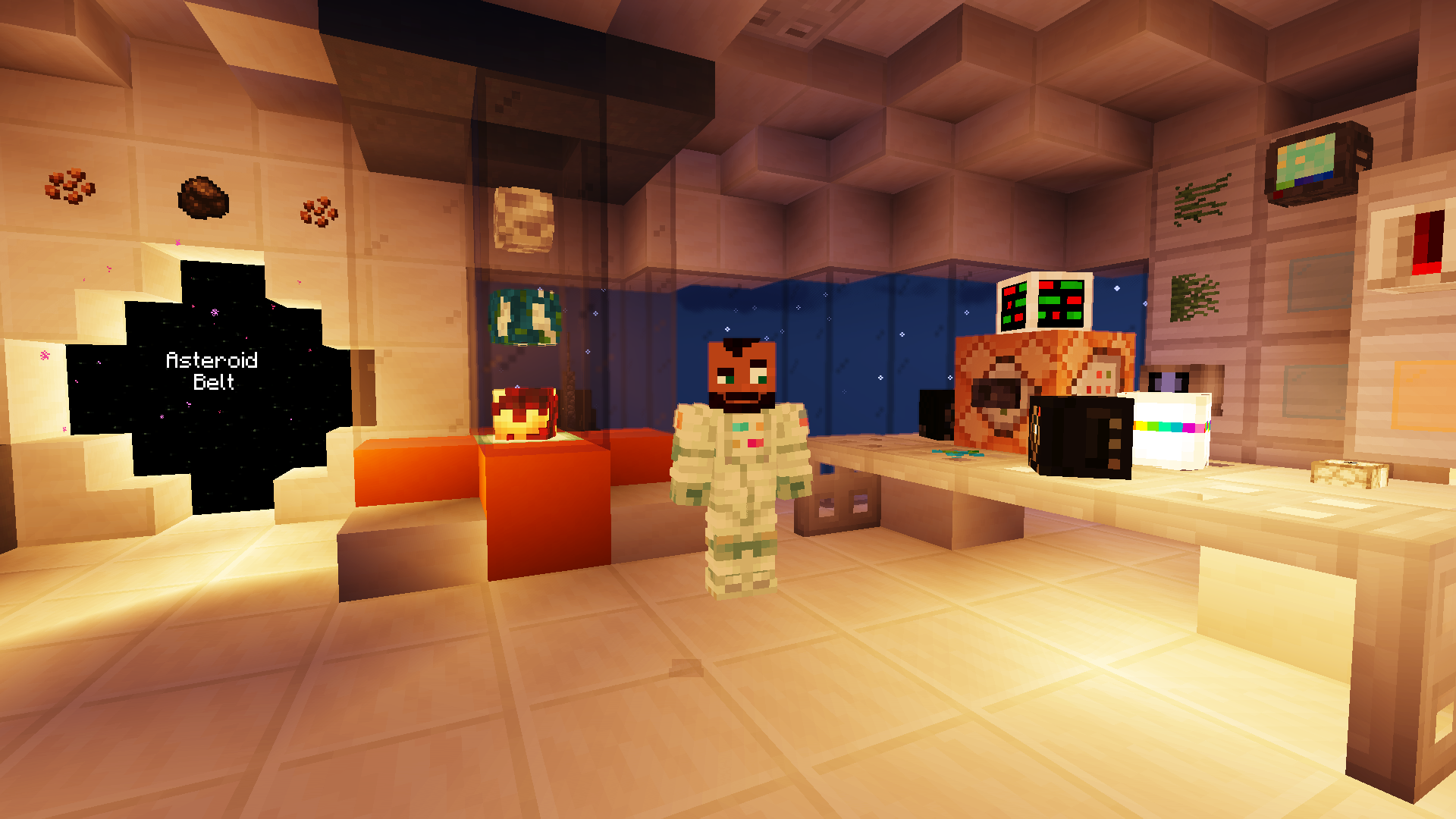WHIMC is a National Science Foundation-funded research project and interdisciplinary collaboration between several organizations dedicated to cutting-edge and impactful informal learning in STEM.
The goal of WHIMC is to develop computer simulations that engage, excite, and generate interest and engagement in STEM. WHIMC leverages Minecraft Java Edition as a learning environment for learners to interactively explore the scientific consequences of alternative versions of Earth via “what if?” questions, such as “What if the earth had no moon?” Kids get to explore these worlds as aspiring scientists and engineers on an interactive server (which you can join!) that changes to match their interests.
Listen to an interview of Professor Lane explaining more about the project.
What if the Earth had no moon?
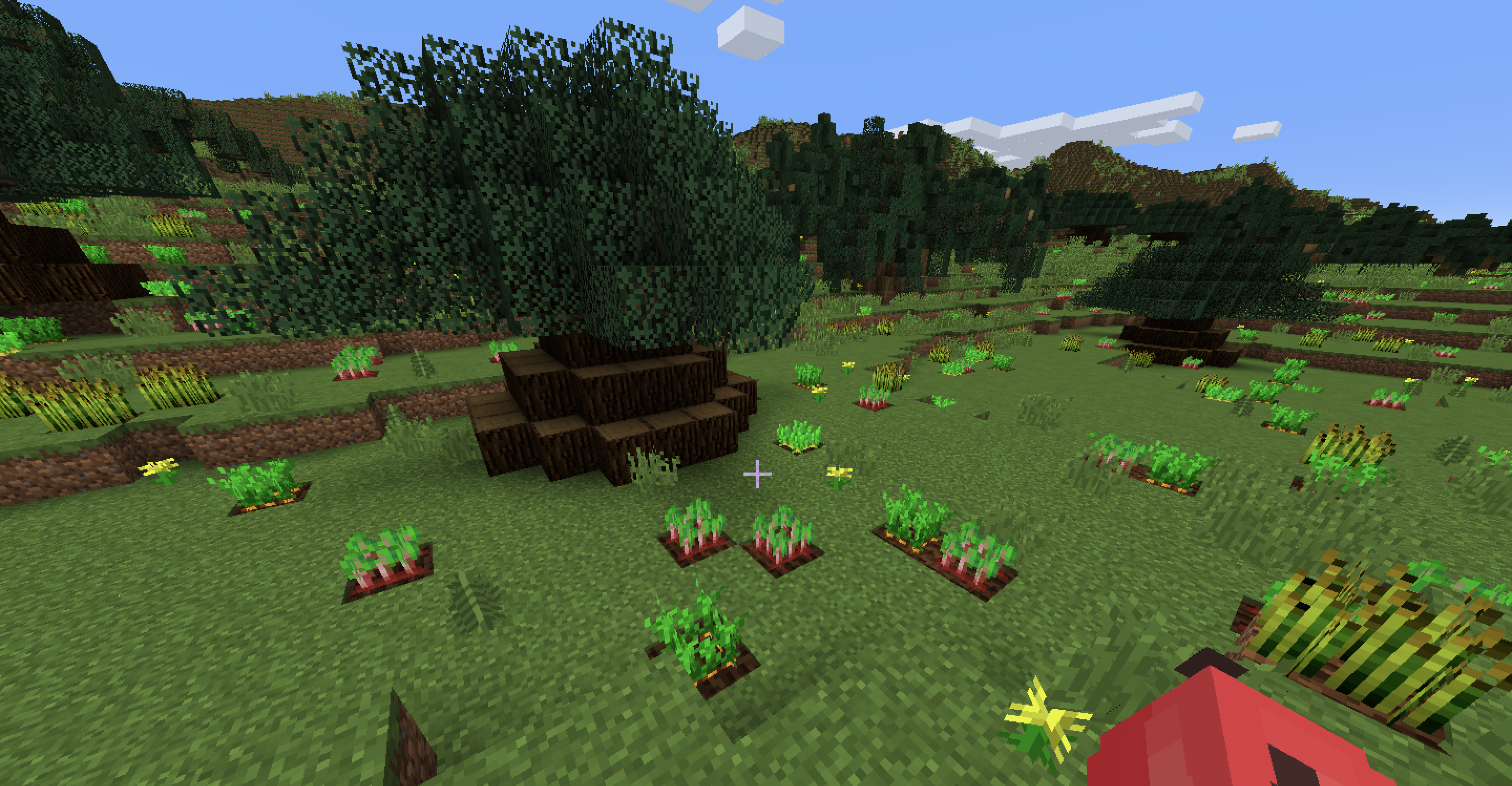
A moonless earth would be radically different than the earth we now occupy. A learner entering a Minecraft rendition of this what-if scenario would immediately notice several differences. They might first notice that the winds are more rapid, or that the trees and mountains are not has high as they are on our earth. At night it would be much darker, as only starlight would illuminate the terrain. There would be far fewer animals roaming around, and they would look very different (such as larger, stronger birds). These changes are all feasible consequences of not having a moon orbiting earth, and explanations for each difference link back to this cause.
For example, increased wind speed would be a result of not having a gravitational pull from the moon to slow down earth’s rotation – it would rotate at about three times the current rate. Only shorter, thicker trees could withstand those winds, and mountains would be worn down more than are mountains on our version of Earth. Similarly, with no moon the earth’s rotational axis would vary significantly, tilting it much farther over than the current 23.5 degrees it is now. This would lead to large areas on earth in extended darkness or light (producing large cold and hot spots).
– Neil Comins, Astronomer
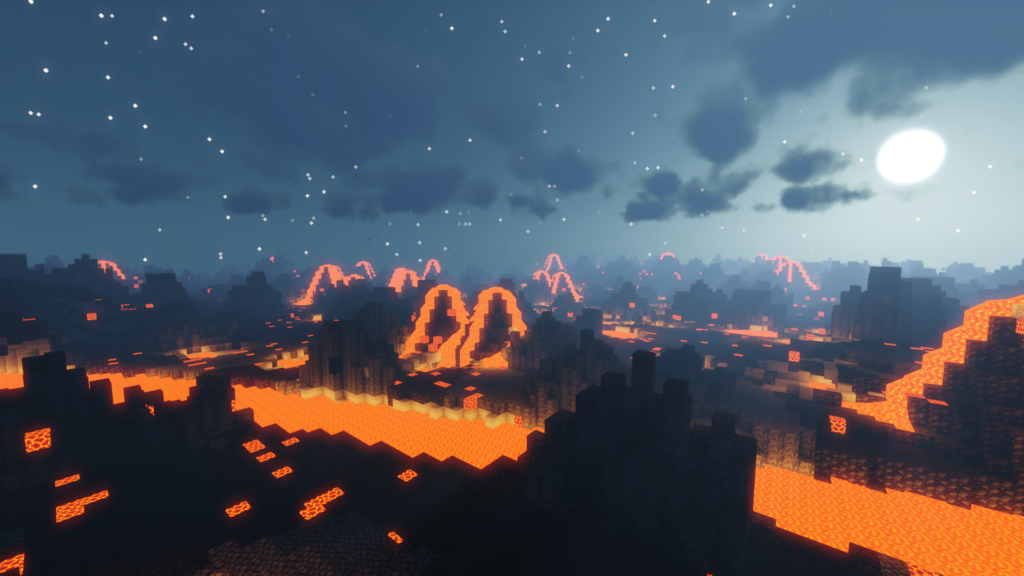
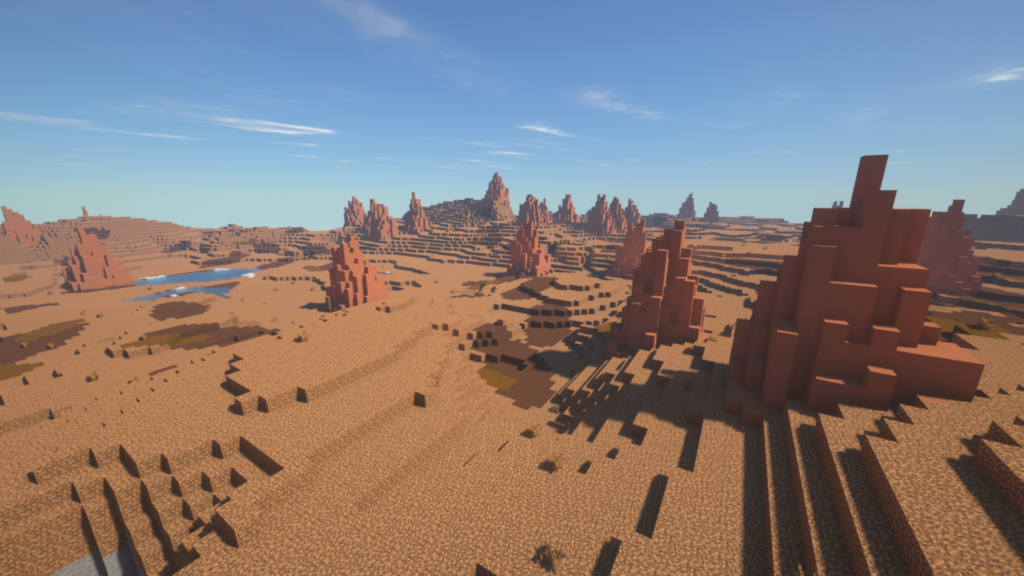
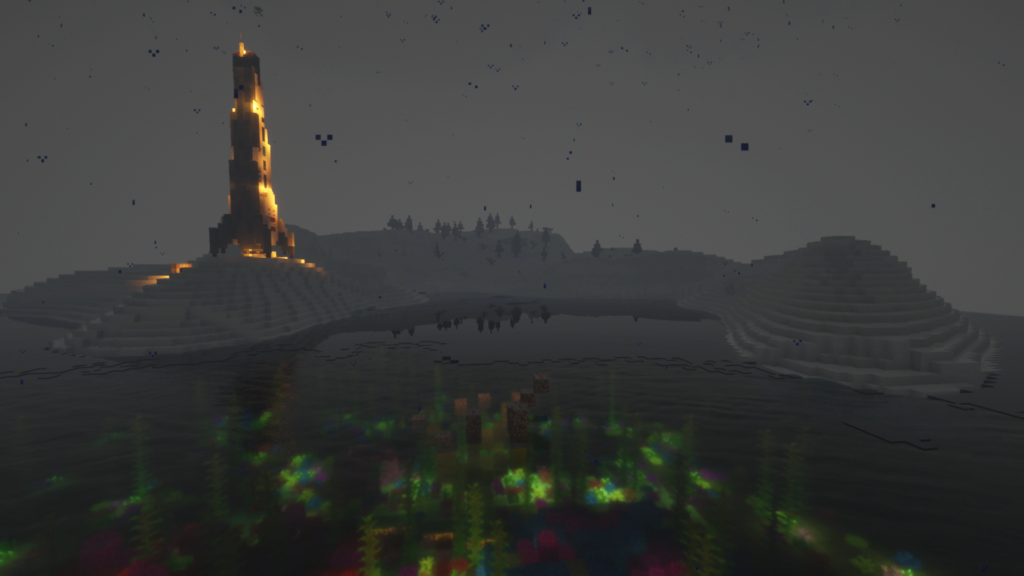
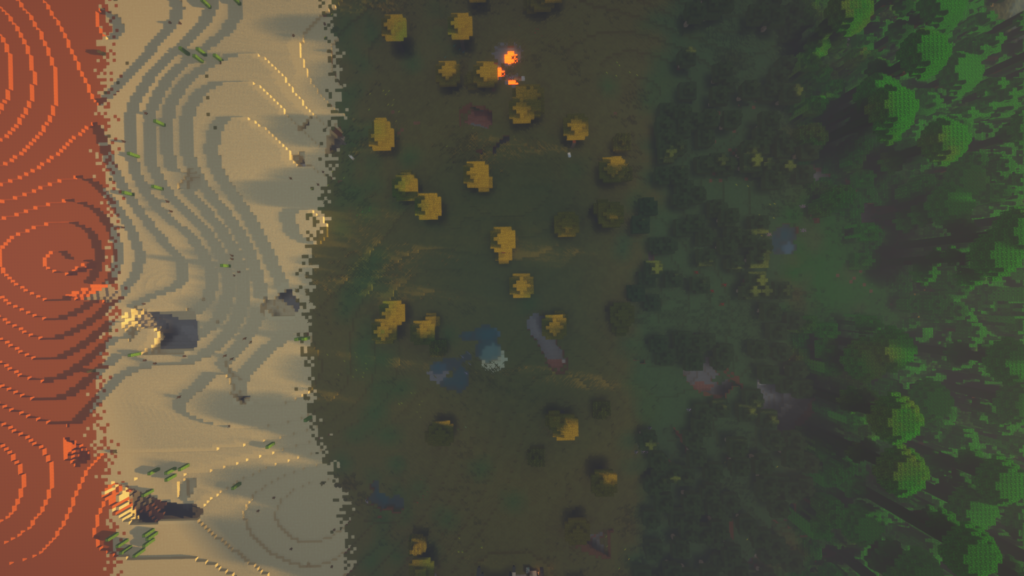
Informal Learning and Education Research
Learners using our mods are invited to make observations and propose scientific explanations for what they see as different. Given ongoing discoveries of potentially habitable worlds throughout the galaxy, such questions have high relevance to public discourse around space exploration, conditions necessary for life, and the long-term future of the human race. Studies in our project take place in several informal learning settings, including museum and planetarium exhibits, after school programs, summer camps and remote at-home activities.
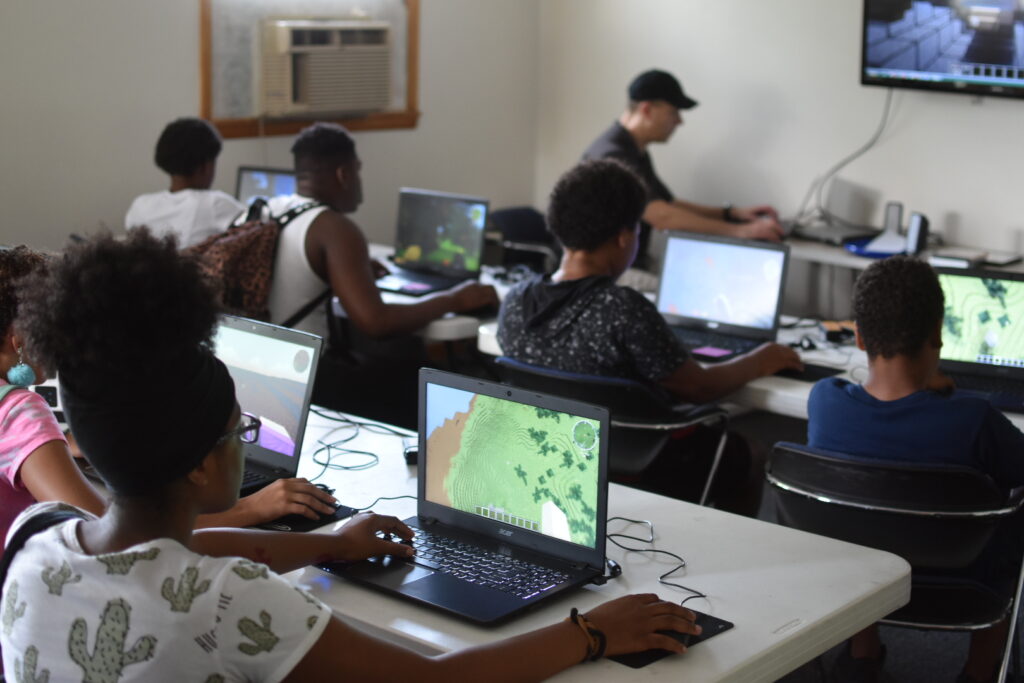
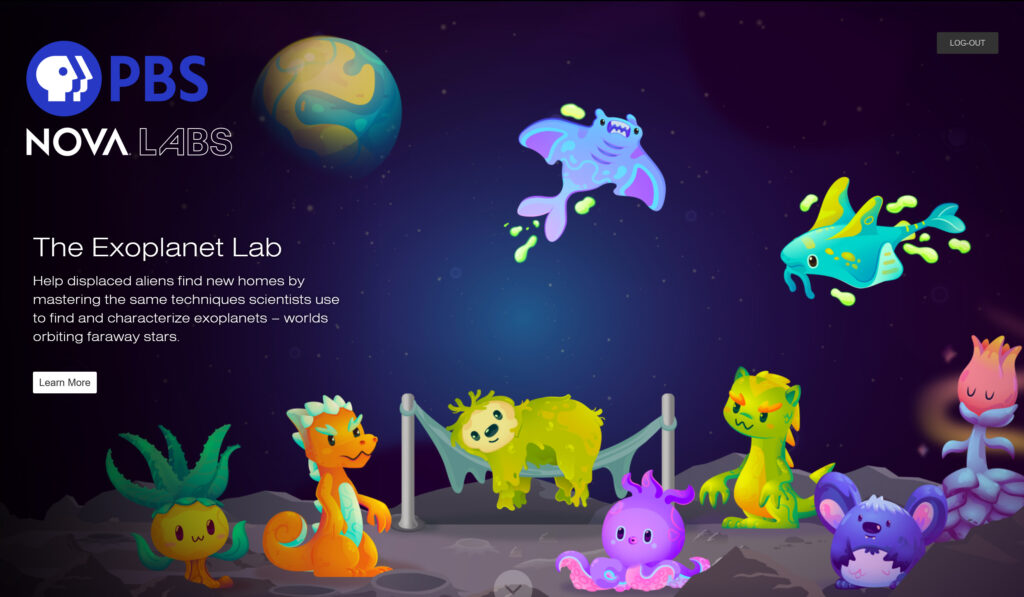
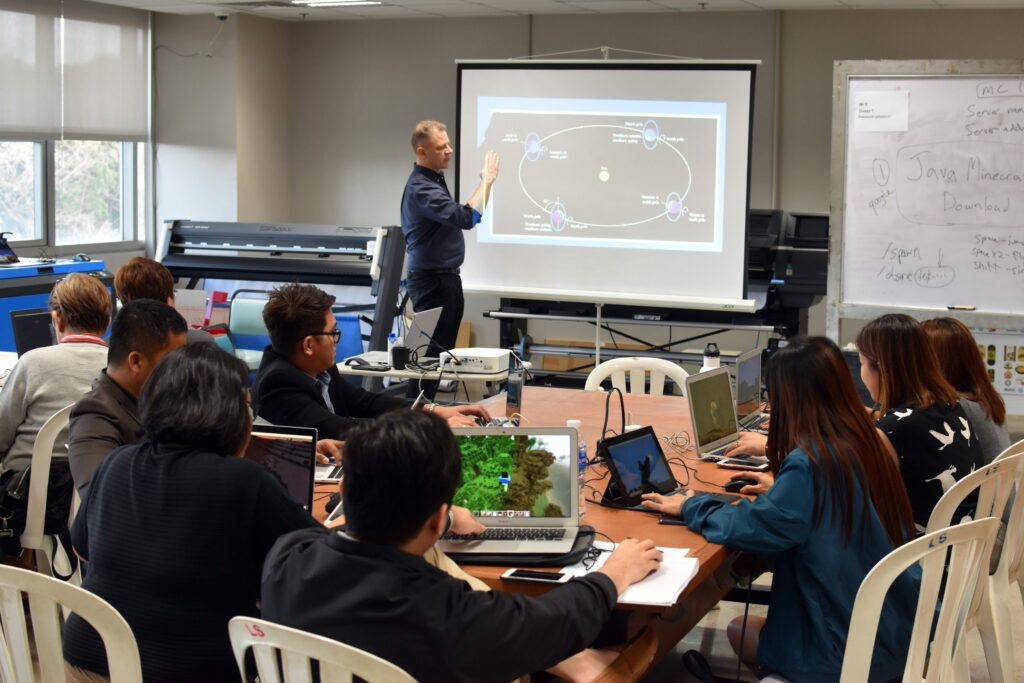
Our work is driven by the following research questions:
- How can virtual informal learning experiences be best designed and deployed such that they trigger interest in STEM fields and professions?
- What features of these experiences best frame science learning and encourage re-engagement with content over time?
- What automated and AI-driven pedagogical strategies are most effective in promoting STEM interest and learning?
- How can a technology infrastructure be used to monitor and track changes in STEM interest over time, specifically for groups who are often underrepresented?
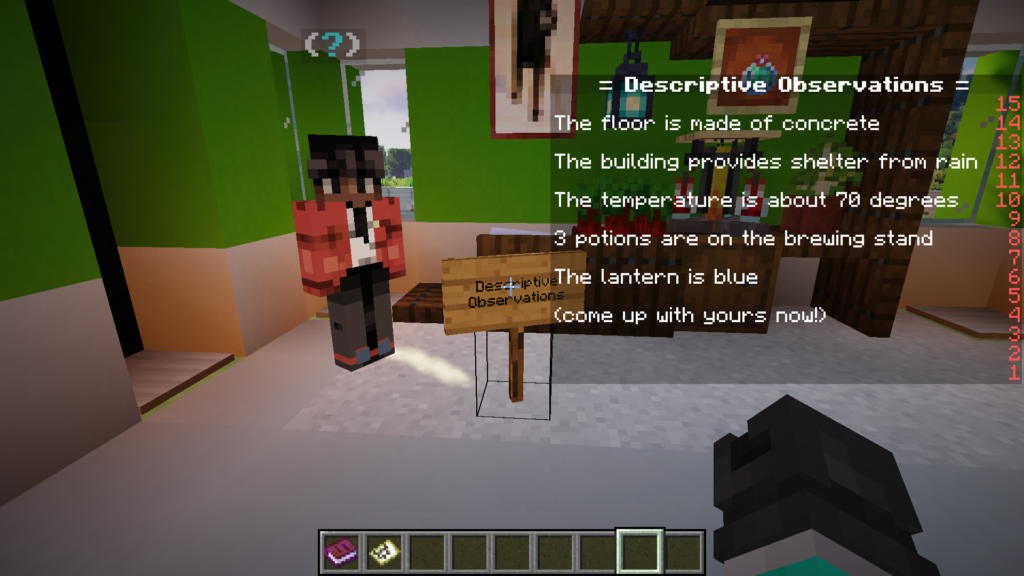
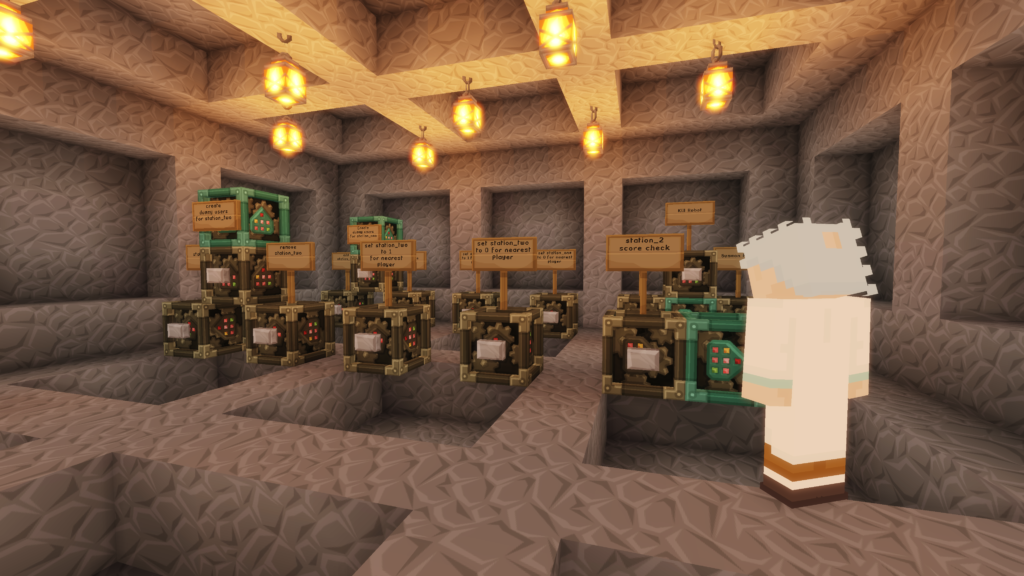
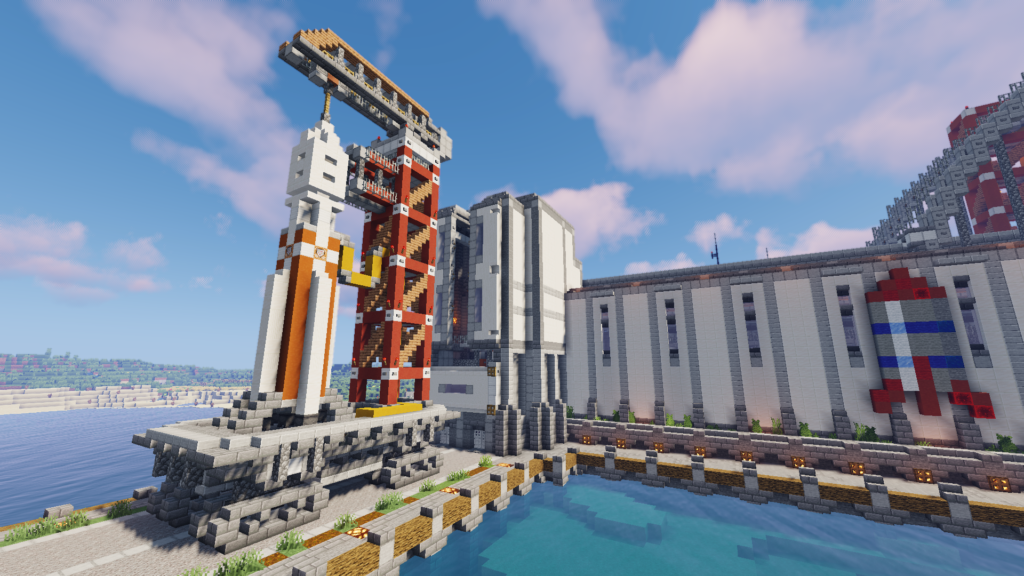
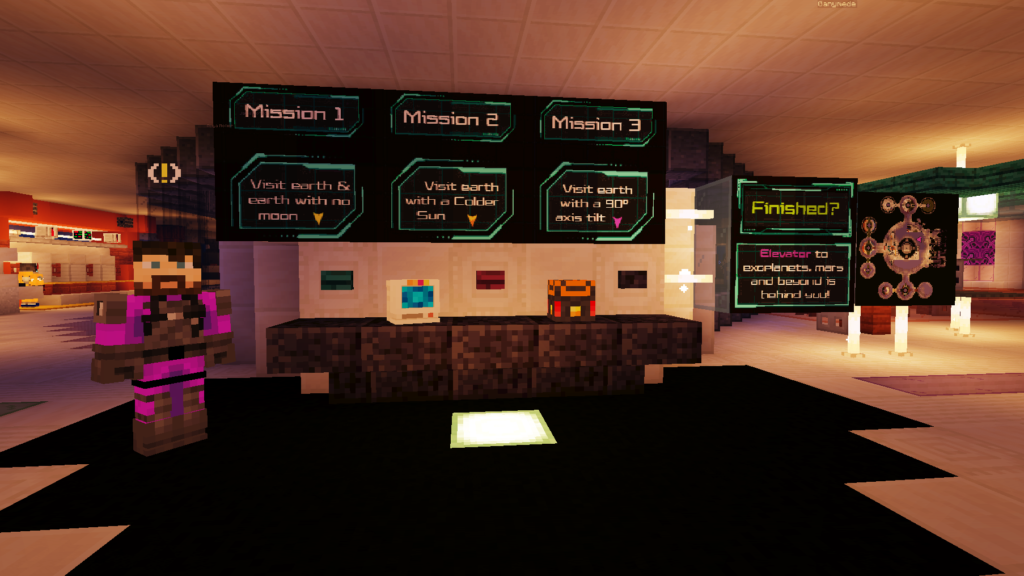
Our studies not only identify features that are effective in triggering interest but they also elaborate on the importance of engaging learners in explanatory dialogues and in service of interest development. Design iterations have led us to investigate different forms of learning supports, such as mentorship from facilitators, learner-driven collaboration, scaffolding to promote metacognition and automated guidance available within the simulations, and identify how features vary with respect to learning contexts.

